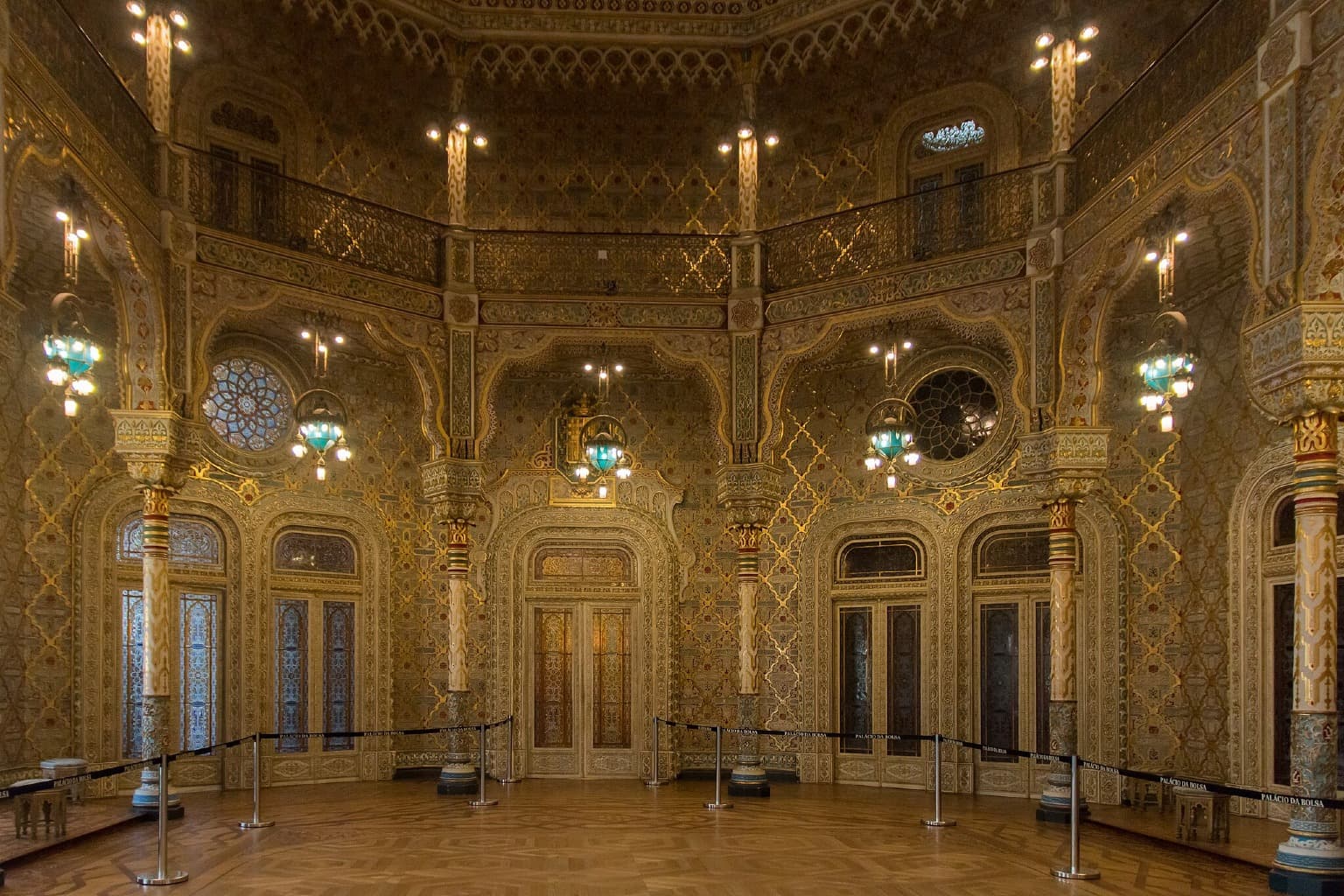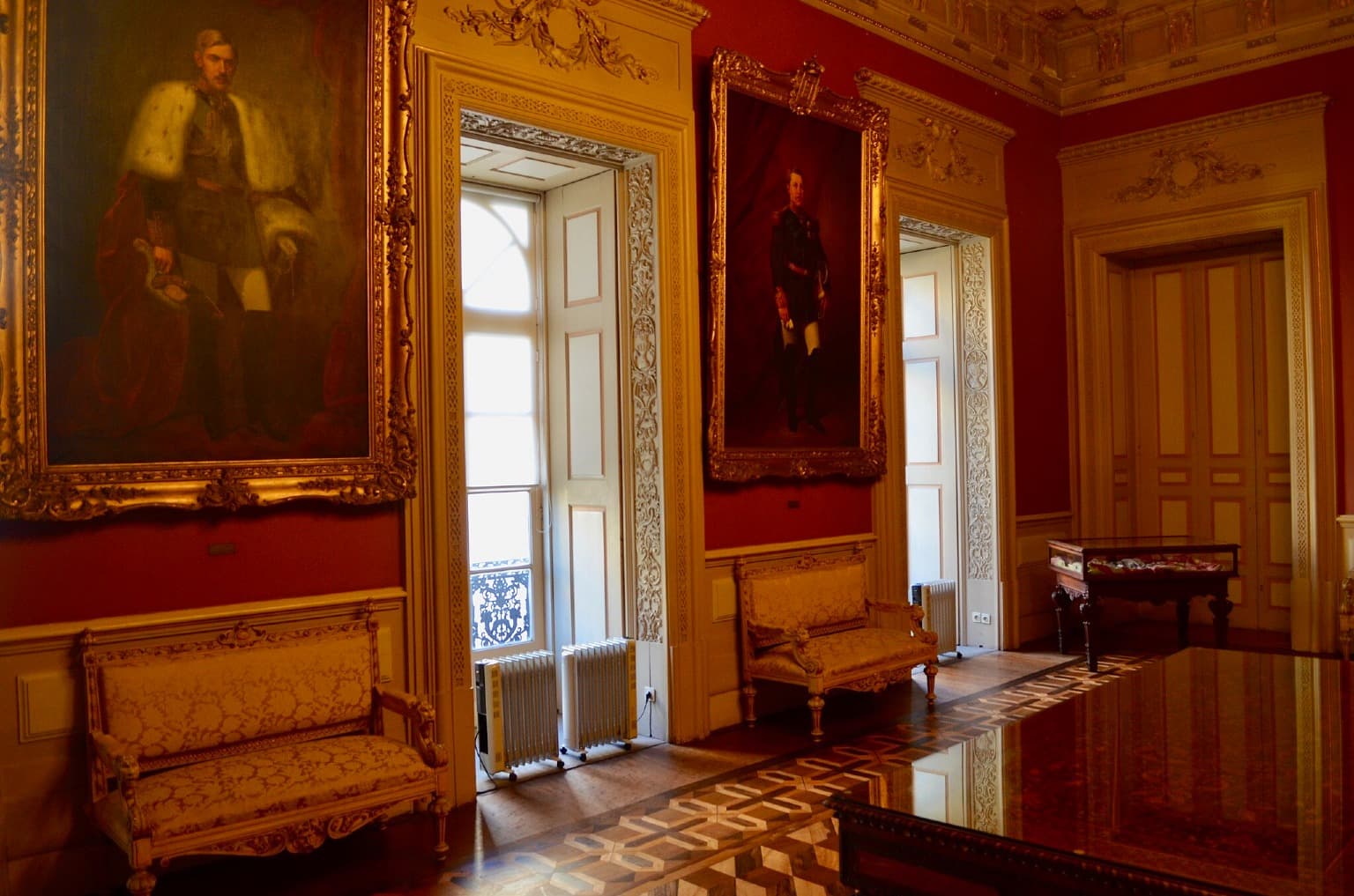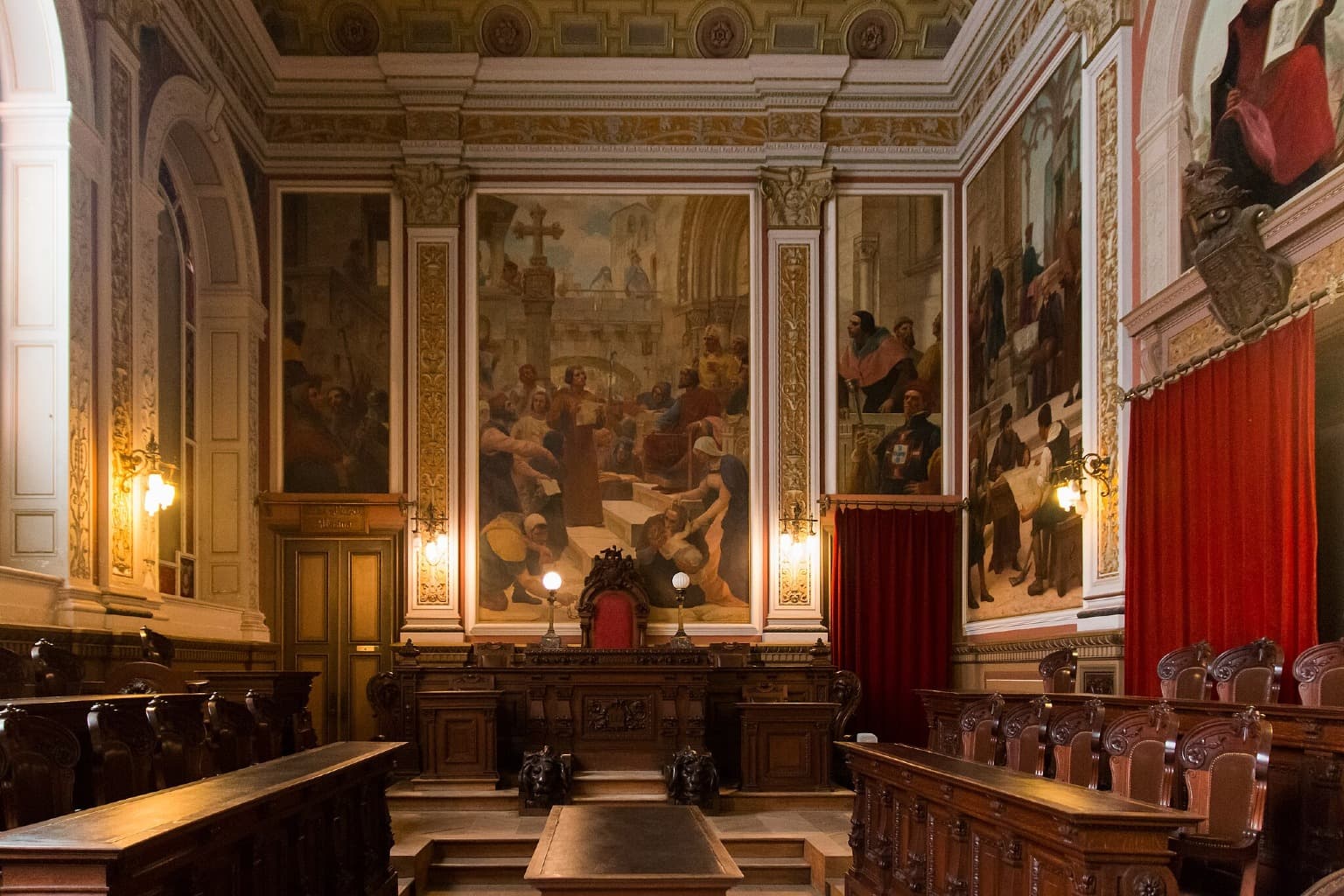Palácio da Bolsa - a vibrant hub for cultural, social, and political events
September 12, 2024

The Palácio da Bolsa in Porto, a neoclassical masterpiece, began construction in 1842 with contributions from renowned architects.
The Palácio da Associação Comercial do Porto, commonly referred to as the Palácio da Bolsa, is a stunning neoclassical building located in Porto, near landmarks such as Ribeira, Ferreira Borges Market, and Casa do Infante. Its construction began on October 6th, 1842, marking the laying of the first stone. This important occasion followed the closure of the Casa da Bolsa do Comércio, which had forced Portuguese merchants to conduct their business in the open air.
The architectural design of the Palácio da Bolsa is primarily attributed to Joaquim da Costa Lima, though several other esteemed architects made significant contributions to the building over the years. Notable figures include Gustavo Adolfo Gonçalves de Sousa, Tomás Augusto Soller, José Macedo de Araújo Júnior, Joel da Silva Pereira, and José Marques da Silva. Their collective efforts transformed the Palácio da Bolsa into an architectural masterpiece, standing as a testament to their rich and enduring legacy.

The Salão Árabe (Arabian Room), an opulent 19th-century room, features gold Arabic inscriptions embellishing its walls and ceiling.
Today, the palace serves as a vibrant hub for cultural, social, and political events. One of its most renowned features is the Salão Árabe (Arabian Room), a lavish 19th-century room adorned with gold Arabic lettering on its walls and ceiling, where tributes to visiting heads of state are held. Another highlight is the Sala dos Retratos (Portrait Room), which houses a magnificent table crafted by the talented artisan Zeferino José Pinto. This exceptional piece, which took three years to complete, has garnered acclaim in various international exhibitions, establishing itself as a paragon of artistry and craftsmanship.

The Sala dos Retratos (Portrait Room) houses a magnificent table by Zeferino José Pinto and portraits of the last Portuguese kings and queens.
The origins of the palace can be traced back to the night of July 24th, 1832, during the siege of Porto, when a massive fire broke out in the Convent of S. Francisco, leaving only the current church standing. On October 15th, 1834, royal authorization was granted to the trade body of Porto to use the ruins of the convent to house the Commercial Court and the Commercial Association. On October 6th, 1842, under the chairmanship of José Henriques Soares, Baron of Ancede, the Commercial Association of Porto laid the foundation stone for the Palácio da Bolsa. By November 4th, 1850, the first floor and main façade of the building were completed.
Work on the interior decoration of the Palácio da Bolsa lasted roughly 50 years, from 1860 until 1909. Interestingly, this period of interior development coincided with the construction of the old Palácio de Cristal (Crystal Palace), now known as the Super Bock Arena - Rosa Mota Pavilion.

The Sala do Tribunal (Court Room) is adorned with magnificent paintings by Veloso Salgado.